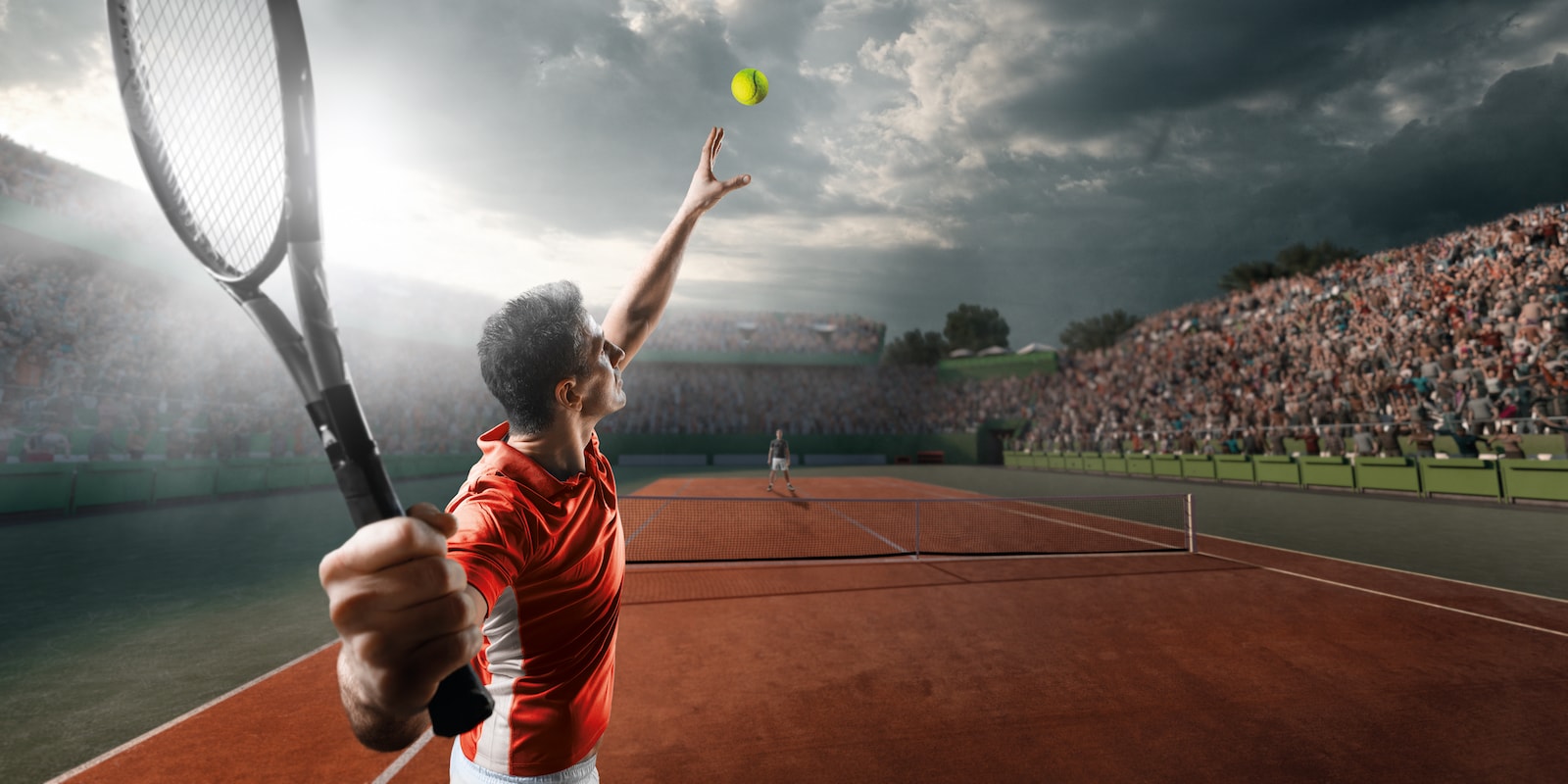Tuesday, May 16, 2023
In recent years, various weather phenomena have altered disciplines such as soccer, rugby, track and field, motor racing, and cycling.
Source: Colpisa
Sport is one of the activities that contributes most to climate change and also suffers from it. Aeronautics, essentially practiced outdoors, mountaineering and climbing, winter sports or aquatic sports in the seas and oceans. In recent years we have seen how various weather phenomena have altered disciplines such as soccer, rugby, track and field, motor racing and cycling. Many have had to adapt to a new era, but experts are calling for much more awareness on the part of elite athletes to help everyone embrace it. "It is a sector that has been slow to react but has the advantage of the communication power of its strong leaders to get their message across to millions of people even though they are not using it correctly," critiqued Pancho Campo, president of the Planet Future Foundation and known for launching several business initiatives and forums on climate change together with former U.S. President Barack Obama and Vice-President Al Gore.
The anti-climate sport
Scientific reviews agree that hosting major sporting events has a significant environmental impact, whether in building infrastructure, where cement is predominant because it pollutes more than oil, the travel by thousands of spectators, which subsequently translates into waste, and the subsequent maintenance or abandonment of the built facilities. "Most sports are based on tours around the world; in Formula One for example they say they want to be sustainable with more than 20 races a year, when 99% of the carbon footprint impact is in the transportation from country to country, logistics, mechanics and all the people it moves, it's not because of the engines themselves," Campo pointed out, who also warns about the visible impact of golf and building courses in places where rain is not common. "It's all desalinated water in rich countries, when this is not the solution. The problem with desalination plants is that they are not efficient enough, and they have major ecological problems because they require a lot of energy". In addition to this problem in the sport of the greens, there is the major problem of generalized and prolonged drought throughout much of the world.
Less chilly soccer
The impact of high temperatures will alter normal competition schedules, according to experts. "The main problem is that episodes of extreme and persistent heat are becoming more and more frequent," says Meteored meteorologist and science communicator Jose Miguel Viñas, who gives one of the examples in soccer, where we are seeing fewer and fewer frozen fields, and not only in Spain but also in countries where it was once impossible to play in some months of the year. "The image of frozen fields like Zorrilla, Los Pajaritos, and El Sadar will be less and less likely. In countries in Europe where such episodes were common in winter, the leagues in those northern countries are no longer interrupted as frequently."

According to the annual report on the state of the climate in Europe (ESOTC), 2022 was the second warmest year ever recorded on the Old Continent, and in three of the four seasons of the year—winter, summer and autumn—temperatures were above average.
Snow shortage
"If we think of lengthy competitions such as the Tour de France or a Roland Garros, the way the climate is changing, it will be increasingly difficult to fit the initially scheduled plan to these tournaments. It will become more and more difficult to run every day normally, considering storms, for example, which we have already seen in recent years are particularly intense, and their impact can leave destruction and after-effects", warned the author of the book 'Our Climate Challenge' (Ed. Alfabeto).
The expert, who travels the world in search of evidence of the impact of climate change and presents it through lectures and documentaries to raise awareness of the future awaiting our planet, warns of the dangers facing winter sports. "Only one of the venues that has hosted the Winter Games (Sapporo) could host them again in 2080," Campo explained, recalling how several resorts around the world have transformed their activities because the lack of snow made them unviable. "What we are seeing now in ski resorts is that many have to resort to artificial snow guns, but if this continues as predicted, below 2,300 meters, we will not even have the right temperature to make snow during the winter season," Viñas added.
More turbulence
There are many examples because global warming does not only play soccer, tennis, and golf, but also snowboarding and baseball. Last week, the American Meteorological Society published research claiming that rising temperatures due to climate change have increased the number of home runs in games. According to the laws of physics, hot air is less dense than cold air.
As the air warms and the molecules move faster, the air expands, leaving more space between the molecules. So, if the ball is hit, it is likely to go farther on a hot day than on a cooler day due to the lower air resistance. This can be seen in the same way in aerial sports such as skydiving: "It causes loss of air density and turbulence," Campo explained.
¿Te ha parecido interesante?





